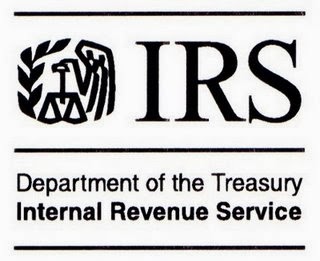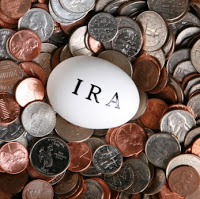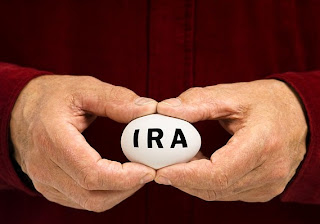If your employer offers a SIMPLE IRA Plan, make sure to participate in it to get free money. A SIMPLE (Savings Incentive Match Plan for Employees) IRA Plan is a company retirement that is set up by a business that has less than 100 employees. The rules require that each employee must establish his own SIMPLE IRA to receive the contributions.
 A SIMPLE IRA plan is very similar to a 401(k) plan in that you have the opportunity to defer money from your paycheck and save towards your retirement. If you decide to participate in your employer’s SIMPLE IRA Plan, you choose how much you want to defer, within limits set by the IRS. The most you can defer for 2014 is $12,000 if you are under age 50 (or $14,500 if you’ll be age 50 or older this year).
A SIMPLE IRA plan is very similar to a 401(k) plan in that you have the opportunity to defer money from your paycheck and save towards your retirement. If you decide to participate in your employer’s SIMPLE IRA Plan, you choose how much you want to defer, within limits set by the IRS. The most you can defer for 2014 is $12,000 if you are under age 50 (or $14,500 if you’ll be age 50 or older this year).
The contribution you make, known as a salary deferral contribution, will save you money on taxes. Specifically, your salary deferral contribution is subtracted from your wages, so it’s not subject to federal income taxes in the year it is earned. The result is that your “pre-tax” contribution gives you a tax break for saving for your own retirement.
After you make a salary deferral contribution, your employer will match it. In a SIMPLE IRA Plan, the employer will typically match your salary deferral contribution, dollar-for-dollar, up to 3% of your pay (there are other options for the employer match). For example, let’s say your salary is $50,000 and you decide to make a 6% salary deferral contribution of $3,000 for the year. The employer match, which will also be deposited into your SIMPLE IRA, will be $1,500 ($50,000 salary X 3%). So the total amount that’s deposited into your SIMPLE IRA will be $4,500 (your $3,000 salary deferral + $1,500 employer match). This amount is yours and will grow tax-free while it’s in your SIMPLE IRA.
If you don’t choose to make a salary deferral, then you generally won’t get an employer contribution. Essentially, if you choose not to participate in the SIMPLE IRA Plan, you’re giving away free money (i.e., the employer match).
- By Joe Cicchinelli and Jared Trexler
 A SIMPLE IRA plan is very similar to a 401(k) plan in that you have the opportunity to defer money from your paycheck and save towards your retirement. If you decide to participate in your employer’s SIMPLE IRA Plan, you choose how much you want to defer, within limits set by the IRS. The most you can defer for 2014 is $12,000 if you are under age 50 (or $14,500 if you’ll be age 50 or older this year).
A SIMPLE IRA plan is very similar to a 401(k) plan in that you have the opportunity to defer money from your paycheck and save towards your retirement. If you decide to participate in your employer’s SIMPLE IRA Plan, you choose how much you want to defer, within limits set by the IRS. The most you can defer for 2014 is $12,000 if you are under age 50 (or $14,500 if you’ll be age 50 or older this year). The contribution you make, known as a salary deferral contribution, will save you money on taxes. Specifically, your salary deferral contribution is subtracted from your wages, so it’s not subject to federal income taxes in the year it is earned. The result is that your “pre-tax” contribution gives you a tax break for saving for your own retirement.
After you make a salary deferral contribution, your employer will match it. In a SIMPLE IRA Plan, the employer will typically match your salary deferral contribution, dollar-for-dollar, up to 3% of your pay (there are other options for the employer match). For example, let’s say your salary is $50,000 and you decide to make a 6% salary deferral contribution of $3,000 for the year. The employer match, which will also be deposited into your SIMPLE IRA, will be $1,500 ($50,000 salary X 3%). So the total amount that’s deposited into your SIMPLE IRA will be $4,500 (your $3,000 salary deferral + $1,500 employer match). This amount is yours and will grow tax-free while it’s in your SIMPLE IRA.
If you don’t choose to make a salary deferral, then you generally won’t get an employer contribution. Essentially, if you choose not to participate in the SIMPLE IRA Plan, you’re giving away free money (i.e., the employer match).
- By Joe Cicchinelli and Jared Trexler





















